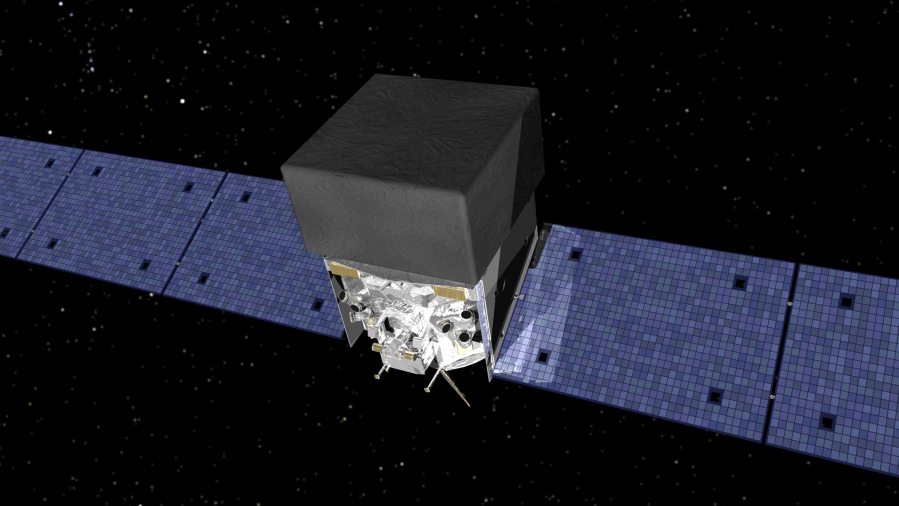After a decadeslong search, scientists announced early this year that they had detected gravitational waves probably coming from the merger of two black holes back in September. Now, a team of scientists using NASA’s Fermi Gamma-ray Space Telescope say they spotted a brief flash of gamma rays that occurred less than half a second after that long-sought gravitational wave signal.
The gamma-ray outburst, described at the American Physical Society’s April meeting in Salt Lake City, has not been definitively linked to that first gravitational wave signal, and scientists weren’t able to pinpoint its exact origin — just that they came from the same general area. But if other astronomers begin to find a similar pattern, the results do raise the intriguing possibility that such high-energy events might not be quite as “invisible” as we thought.
“Obviously the question that everyone has is, are our observation and LIGO’s observations coming from the same object — and we cannot say definitively right now,” Adam Goldstein of the NASA Marshall Space Flight Center in Alabama said at a briefing. “But this will likely soon be answered in the next couple of years.”
The first gravitational wave signal rolled through the Laser Interferometer Gravitational-wave Observatory on Sept. 14, hitting the Louisiana detector first and then the one in Washington state seven milliseconds later, telling researchers that the signal must have come from the southern hemisphere.



